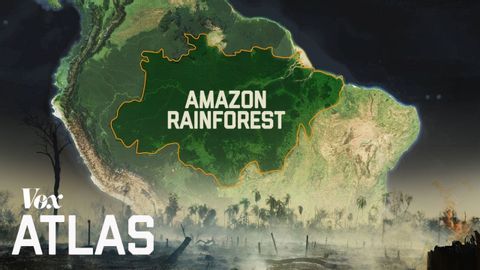
Subtitles & vocabulary
The destruction of the Amazon, explained
00
林宜悉 posted on 2020/11/02Save
Video vocabulary
entire
US /ɛnˈtaɪr/
・
UK /ɪn'taɪə(r)/
- Adjective
- Complete or full; with no part left out; whole
- Undivided; not shared or distributed.
A2TOEIC
More sustainable
US /səˈsteɪnəbl/
・
UK /səˈsteɪnəbl/
- Adjective
- Capable of continuing for a long time
- Able to be maintained without running out of
B2
More aggressive
US /əˈɡrɛsɪv/
・
UK /əˈgresɪv/
- Adjective
- Using energy and determination to achieve a goal
- Behaving in a hostile and threatening way
B1
More productive
US /prəˈdʌktɪv, pro-/
・
UK /prəˈdʌktɪv/
- Adjective
- Producing things in large quantities; fertile
- Doing a lot of work and achieving a lot
B1
More Use Energy
Unlock All Vocabulary
Unlock pronunciation, explanations, and filters
